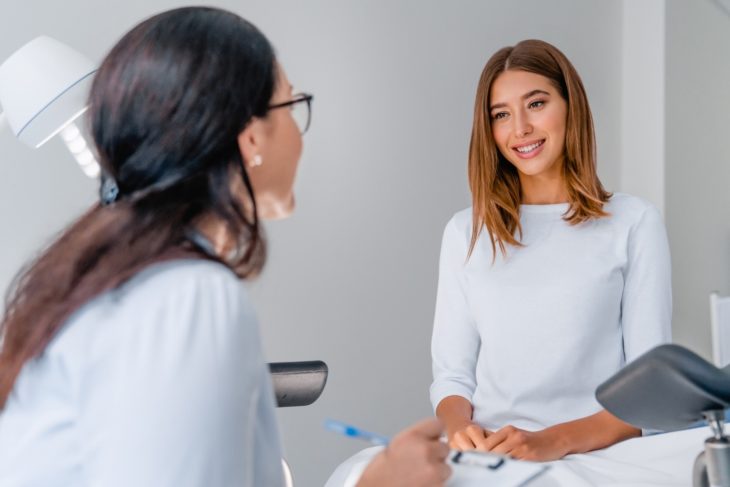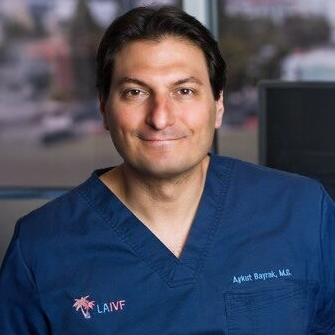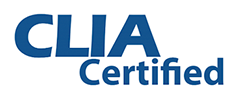
Minimal stimulation IVF uses less medication, and less invasive methods of getting that medication (fewer or no injections other than toward the end of the cycle) into the patient than traditional IVF. This method combines oral medications to stimulate ovulation, such as Clomid, with other meds, like gonadotropin, to encourage follicle development and support egg maturation. Essentially, this form of IVF provides a boost to your body to produce quality eggs for fertilization.
Once the eggs have sufficiently matured, your physician retrieves them in a procedure that may not even require the use of IV sedation. The laboratory fertilizes your eggs with your partner’s sperm using the same process as traditional IVF. The embryos develop and your doctor transfers the healthiest embryo(s) into your uterus.
The Differences Between Traditional IVF and Minimal Stimulation IVF
In addition to the use of more ovulation stimulating medication there are a few other differences between minimal stimulation and traditional IVF fertility treatments. With traditional IVF your body typically produces an abundance of eggs (More than eight in most cases). When you opt for minimal stimulation IVF your body usually produces fewer eggs (one to three). Minimal stimulation helps your body do somewhat similar to naturally do in the case of ovulation.
Does Age Matter?
So, who is better suited to minimal stimulation IVF? Women of all ages who have an extremely low ovarian reserve and produce very few eggs, no matter the IVF method are the patients who benefit most from minimal stimulation IVF. This includes those women of advanced maternal age (over 35-40).
As you age your natural cycle, stress and other factors reduce your egg reserve. No matter how aggressive the stimulation of your ovaries there are only so many eggs left to mature. That’s why infertility specialists encourage the minimal stimulation method for women who have very low egg reserve and do not respond well to conventional dose IVF medications.
Women with diagnosed infertility, who are younger and in otherwise good health are often better suited for traditional IVF. Traditional IVF yields a greater quantity of viable eggs making the odds of success that much better. However, if you don’t have the eggs in reserve and traditional IVF produces very few eggs for fertilization your odds of a successful outcome are going to be the same with minimal stimulation IVF.
Reproductive medicine has perfected minimal stimulation IVF in recent years. The result is the ideal approach for older women who want to use their own eggs. This process is the perfect combination of using your body’s natural abilities with the boost of lower dose hormones to encourage maturation of the best quality eggs.
Minimal Stimulation IVF Basics
The approach your doctor takes to minimal stimulation IVF depends on your infertility diagnosis but there are some basic protocols. Your doctor will prescribe a course of estrogen preparation to regulate your cycle (often a short course of birth control pills) then you will begin your ovarian stimulation. Your medical team will monitor you via ultrasound exams and possibly a limited number of blood tests to check your hormone levels. When ovulation is imminent the team will schedule your egg retrieval.
Should You Consider This Alternative to Traditional IVF?
You and your physician can thoroughly discuss your opportunity for success with minimal stimulation IVF before you make your decision. Some women who are over the age of 40 fare far better with this method of IVF, especially if prior traditional IVF methods have been unsuccessful.
With fewer eggs, the opportunity for creating embryos for future use is significantly lower and you may need more than one cycle to achieve success. When you use minimal stimulation IVF, it reduces the opportunity for gender selection due to the possibility of fewer viable embryos. However, this method of IVF is safe, effective and proven to work for many women. Additionally, minimal stimulation IVF reduces the cost associated with medications which are often not covered by insurance.
This Approach is Another Option for You to Consider
Minimal IVF offers another option for those women, of any reproductive age, to grow their family after a diagnosis of infertility. To find out more about your chance of success using the minimal stimulation IVF process, or any of our other fertility treatments, contact LA IVF today.










